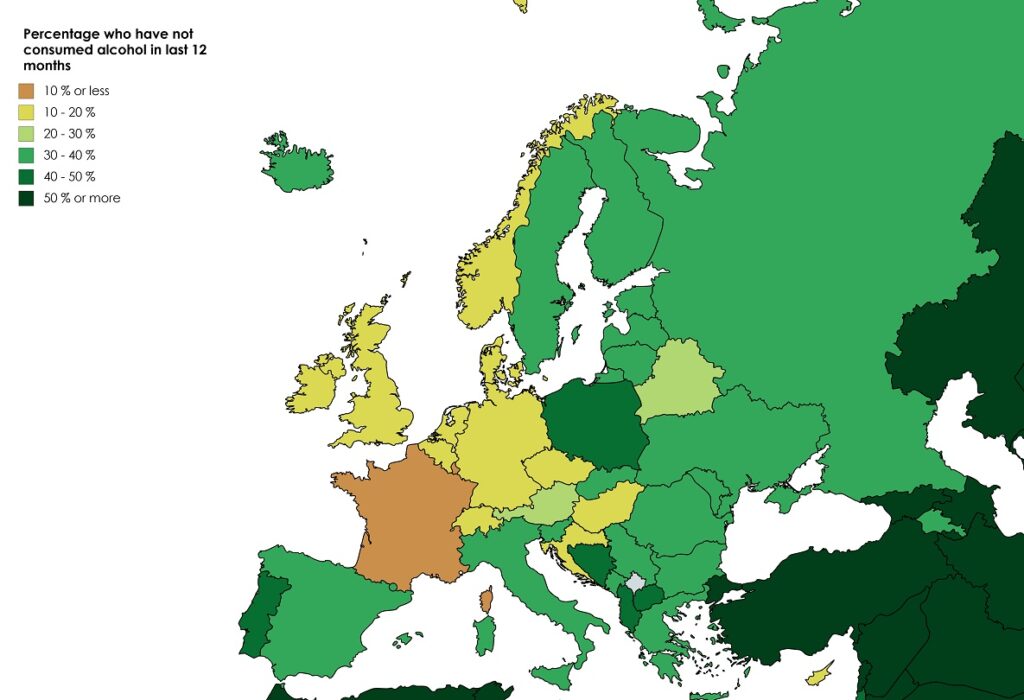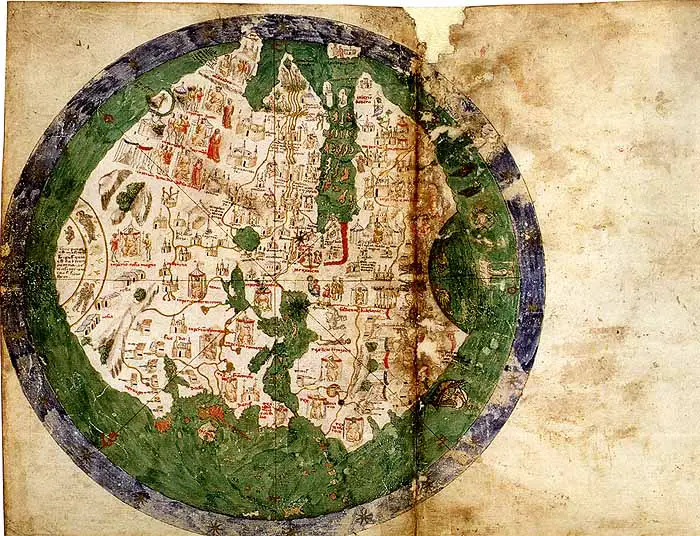Percentage who have not Consumed Alcohol in the last 12 Months

You know how people always say alcohol is part of every culture? Well, that’s not really true. Millions of adults worldwide don’t drink at all. Some never touch the stuff because of religion, others quit for health reasons, and plenty just aren’t interested.
I got curious about whether these numbers change over time, so I pulled this data from the World Health Organization’s Global Health Observatory (WHO) and made an animated map tracking alcohol abstinence from 2000 to 2020.
The WHO counts someone as an abstainer if they’re 15 or older and haven’t had a drink in the past year. You can find the raw numbers in their GHO portal if you want to dig deeper.
When you scan through the data, the Democratic Republic of Congo jumps out immediately – in 2000, about 44% of adults there didn’t drink. By 2020, that jumped to 57%. That’s a huge shift in just two decades.
| Country | 2000 (%) | 2020 (%) | Change (%) |
|---|---|---|---|
| Democratic Republic of Congo | 44.13 | 56.75 | 12.62 |
| Venezuela | 52.48 | 61.32 | 8.84 |
| Morocco | 88.24 | 96.88 | 8.64 |
| Sudan | 81.08 | 89.29 | 8.21 |
| Turkey | 82.77 | 90.43 | 7.66 |
| Egypt | 89.55 | 96.37 | 6.82 |
| Tunisia | 85.87 | 92.54 | 6.67 |
| Yemen | 95.84 | 100 | 4.16 |
| Saudi Arabia | 97.62 | 100 | 2.38 |
| Iran | 97.27 | 99.61 | 2.34 |
Yemen and Saudi Arabia hit 100% by 2020 – basically nobody there drinks anymore, at least according to surveys. Morocco went from 88% to nearly 97%. These shifts reflect policy changes, religious movements, and social pressure.
But while some places saw more people stop drinking, others went the complete opposite way.
| Country | 2000 (%) | 2020 (%) | Change (%) |
|---|---|---|---|
| Mongolia | 57.09 | 44.33 | -12.76 |
| Cambodia | 63.24 | 50.76 | -12.48 |
| Laos | 65.5 | 53.25 | -12.25 |
| Georgia | 55.86 | 44.01 | -11.85 |
| Thailand | 62.79 | 52 | -10.79 |
| Armenia | 49.83 | 39.54 | -10.29 |
| Kyrgyzstan | 55.74 | 45.72 | -10.02 |
| Uzbekistan | 65.4 | 56.31 | -9.09 |
| Kazakhstan | 58.91 | 50.28 | -8.63 |
| Belarus | 36.93 | 28.64 | -8.29 |
Mongolia dropped from 57% to 44% – that means way more people started drinking over those 20 years. Same thing happened across Central Asia and Southeast Asia. Cambodia, Laos, Thailand all saw significant drops in abstainers.
Why does this happen? Religion plays a big role, obviously. Most of North Africa and the Middle East have majority Muslim populations where alcohol is discouraged or banned. Economics matter too. When countries get wealthier, alcohol becomes more available and socially acceptable. Urbanization changes things. Younger generations sometimes rebel against traditional norms.
Public health campaigns can push things either direction. Some governments crack down on drinking, others focus more on other health issues. Even tourism can influence local drinking cultures.
Have you noticed drinking attitudes change in your area over the past 20 years? Maybe your friends drink less than their parents did, or maybe it’s the opposite.








